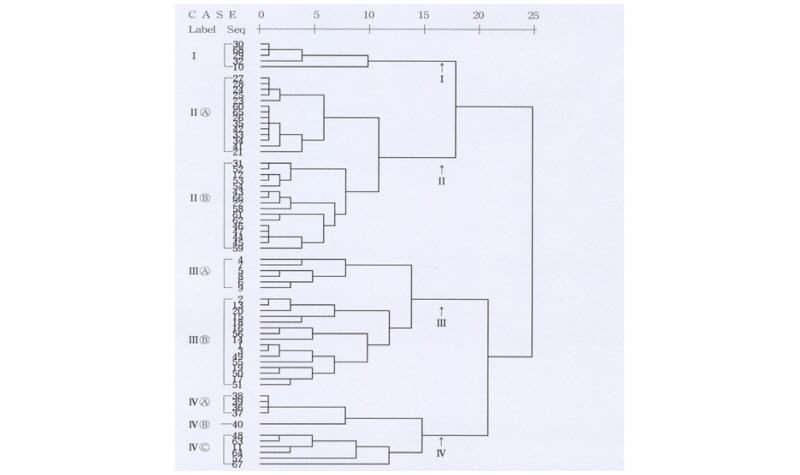Abstract
Zoysiagrass has been used in Korea as a native grass. Informations on distributions, classifications, breeding efforts and outputs, current production and uses of zoysiagrasses in Korea are summarized. During past a few decades, collection of naturally growing zoysiagrass ecotypes has been continued, followed by evaluation, selection and cross- pollination. Classification efforts using important morphological, biochemical traits and DNA polymorphisms resulted in the several suggestions of grouping zoysiagrass species and varieties. Zoysia japonica consistently form separate group, while Zoysia sinica and Zoysia macrostackya have been separately or inter-mixed. Z. matrella with some variations frequently grouped separately but with some similarity with Z. tenuifolia, which was recently renamed as Z. pacifica. Hybrid types of zoysiagrasses were frequently found in Korea. New varieties such as ‘Kunhee’ and ‘Green Ever’ etc. were bred by ecotype selections, while ‘Senock’, ‘Semil’, ‘Millock’ were bred through pollination. Molecular approaches were also used to introduce beneficial genes into zoysiagrasses with no practical outputs by legal regulations. Currently popular varieties are inter-specific hybrid types such as ‘Anyang’ and other local zoysiagrasses as well as common zoysiagrass (Zoysia japonica) Production area in Korea was estimated as 2,947 ha with increasing problems of mixed or contaminated species and varieties.
Figures & Tables

Dendrogram of 68 zoysiagrasses based on squared Euclidean distance from 17 RAPD markers. I= Z macrostachya types, IIⒶ= Z. sinica types, IIⒷ= NHSJ (natural hybrid types between Z. sinica and Z. japonica), IIIⒶ= Z. japonica types, IIIⒷ= NHJS (natural hybrid types between Z. japonica and Z. sinica), IVⒶ=Z. matrella types, IVⒷ= Z. tenuifolia types, IVⒸ= NVM (natural variant of Z. matrella) (Choi et al., 1997b).


